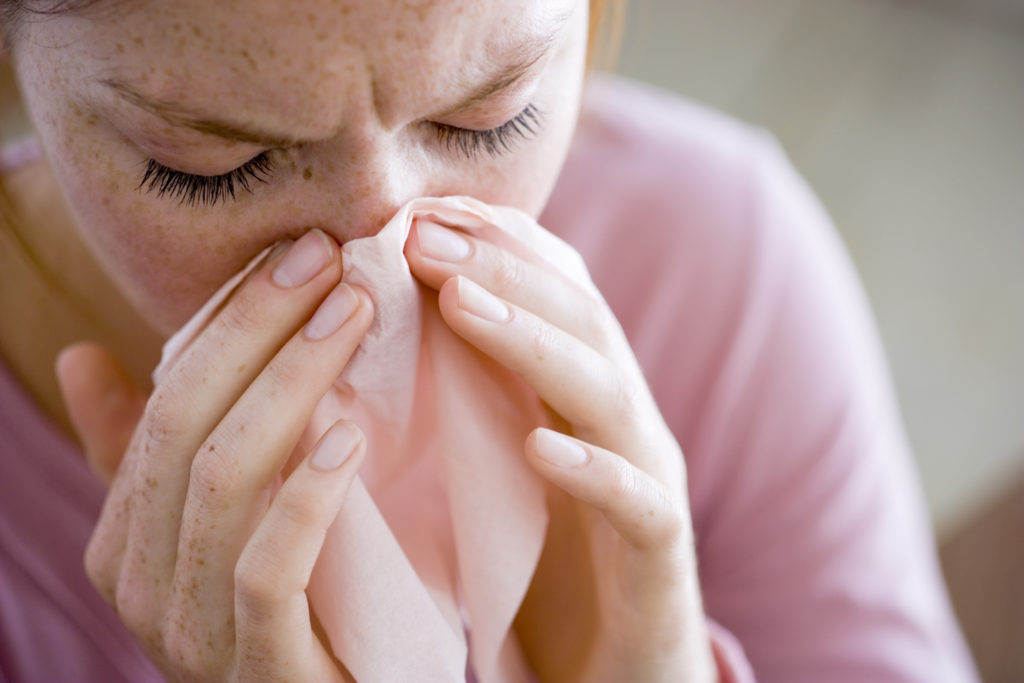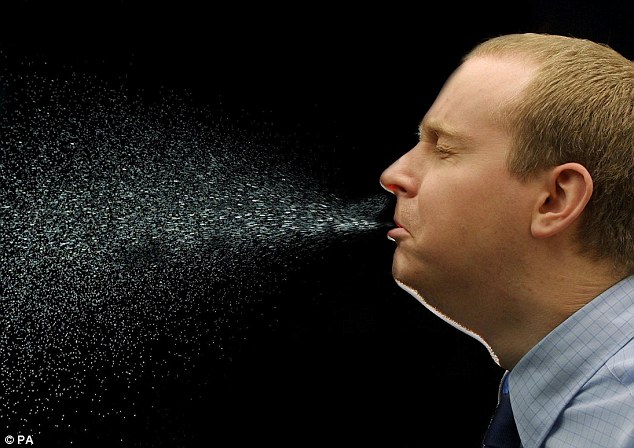
This disease is caused by a new influenza A virus of subtype H1N1. This virus is different from those of seasonal influenza, also of type A-H1N1. Indeed, the virus contains genes of several known viruses of porcine, avian and human origin.
The names “swine flu” or “swine influenza” were originally used to describe this condition because, according to laboratory tests, this strain of influenza virus was composed of genes related to those of the virus causing influenza in pigs. Like humans, swine can get the flu.
H1N1 is caused by an influenza A virus. The letters H and N of the subtype name correspond to the proteins on the surface of the virus; They are used to distinguish the different subtypes of influenza A.
The H1N1 flu virus is contagious. Once transmitted from person to person, the virus spreads rapidly along the same routes as seasonal influenza, it is believed. The period of contagion ranges from 24 hours before onset of symptoms to 7 days or more after the onset of the flu.
Transmission mode of the H1N1 flu virus

Influenza spreads from person to person when the virus enters the body through the eyes, nose or mouth. Coughs and sneezes spread germs into the air, which can be inhaled by other people. The virus can also remain on solid surfaces such as door handles, the keys of ATMs and counters. A person who touches one of these surfaces with his hands and then touches his eyes, mouth or nose can contract the virus. In general, influenza is not transmitted through ingestion of food or water.
Symptoms and Complications
The different strains of influenza A produce the same types of symptoms. These include:
body aches;
chills;
a cough;
Fatigue;
a fever;
headaches;
Loss of appetite;
A sore throat.
Some people infected with the H1N1 flu virus have also reported vomiting and diarrhea.
Symptoms can range from mild to severe and can sometimes require hospitalization. In some cases, serious complications such as pneumonia and respiratory failure can cause death. Like seasonal influenza, H1N1 can exacerbate existing chronic health conditions.
Diagnostic
Laboratory diagnostic tests may be requested by the physician to help identify the influenza virus
Treatment and Prevention
The H1N1 strain is included in the seasonal influenza vaccine. Medications are also available to help prevent and treat H1N1 flu. These are called antiviral drugs. Two classes of antivirals are available: M2 protein inhibitors (eg amantadine *) and neuraminidase inhibitors (eg oseltamivir, zanamivir).
For those who are affected, how to protect your family and prevent the spread of the virus by taking the following precautions:
Remain at home if you have contracted the virus. Do not go to work or school;
Keep at least 1 meter away from other people;
Rest and drink plenty of fluids;
Cover your mouth and nose with a tissue when you cough or sneeze. Throw it away in the trash. If you do not have a tissue within your reach, cover your nose and mouth with your sleeve or hands. Wash your hands thoroughly afterwards;
Wash your hands regularly with soap and water. Be sure to wash your hands with soap for at least 15 seconds. Use an alcohol-based hand sanitizer if you do not have access to soap or water.
Under what circumstances can an H1N1 flu kill?
When the patient’s temperature exceeds the limit of what is tolerable by the human body. “But most of the deaths occur in those who already have a disability in their system, such as diabetics, those with HIV, cancer patients, or children whose immune system is not yet developed. ”
Part 2 Baby with Influenza A (H1N1)

Influenza A (H1N1) is very common. Very contagious, it can be transmitted quickly from one child to another. Fortunately, influenza A is, in the vast majority of cases, benign in the young child. Some risk factors can lead to more or less serious complications … To help your baby fight this disease, here is all the information you need.
How is Influenza A (H1N1) diagnosed in children?
It is better to take a baby to see a pediatrician as soon as the symptoms appear. The latter are not always sufficiently characteristic for the diagnosis of influenza A (H1N1). They are, for example, similar to those of a nasopharyngitis. However, the presence of an H1N1 influenza epidemic in the region can significantly contribute to the diagnosis. Virological examinations can sometimes be requested, especially if the child has risk factors or seems to be very affected. Specimens (mucus or blood) are then examined to confirm the presence of an influenza virus.
How to prevent and treat Influenza A (H1N1) baby?
Prevention is better than cure: you can have the child vaccinated against influenza A (H1N1) by the age of 6 months. During flu epidemic, it is also advisable to wash your hands frequently. Sneeze in a handkerchief or in the fold of your elbow, never in your hands! If the baby is already sick, he will normally follow a treatment with paracetamol or ibuprofen (never aspirin against this flu) to stop the symptoms. Very young children (less than 6 months old) and those with risky terrain are entitled to a special antiviral drug: Tamiflu. Also keep baby away from other children during its contagious period. Know that baby is contagious about 1 day before the onset of symptoms and a good week after their onset.

 Mauritius Travel Directory
Mauritius Travel Directory